Featured Photo Above:
Addie Joos Benefit Game, July 24, 1911
(Color Restoration by Chris Whitehouse of They Played in Color website)
Baseball History Comes Alive Now Ranked As a Top Five Website by Feedspot Among All Baseball History Websites and Blogs!
(Check out Feedspot's list of the Top 35 Baseball History websites and blogs)

Guest Submissions from Our Readers Always Welcome! Click for details
Scroll Down to Read Today’s Essay
Subscribe to Baseball History Comes Alive for automatic updates (sign-up block found in right side-bar)
As a Free Bonus for subscribing, you’ll get instant access to my two Special Reports: Memorable World Series Moments and Gary’s Handy Dandy World Series Reference Guide!
“Red Sox Babe Ruth and the Combined No-Hitter” Photo Gallery
Click on any image below to see photos in full size and to start Photo Gallery:
The Cubs’ Recent “Combined No-Hitter” Calls to Mind 1917!
I’m sure most of you heard that the Cubs recently threw a “combined no-hitter.” When I heard about it, my baseball history antenna immediately went off. As your friendly resident baseball historian, I’d be remiss in my duties if I didn’t look for a connection to baseball’s past! And, sure enough, I found one…
Only 15 “Combined No-Hitters!”
In doing a little research, I discovered is that there have only been 15 combined no-hitters in baseball history, going all the way back to 1876, the year of the founding of the National League. That’s the same number as unassisted triple plays. So this makes it one of the game’s rarest achievements. By way of comparison, there have been 23 Perfect Games over the same period of time. However, in the reliever-dominant and lower-batting-average era in which we find ourselves, we really shouldn’t be surprised to learn that six of the 15, a full 40%, have occurred since 2012.
In researching a bit further, you’ll never guess who I discovered was involved in the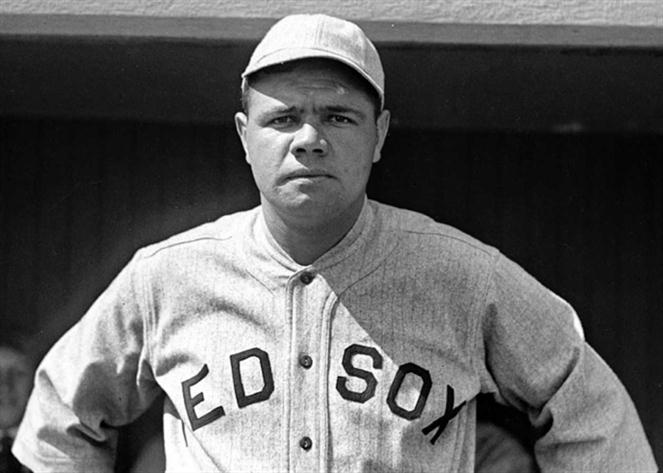 very first combined no-hitter. If you said George Herman Ruth, Jr., you would be correct! I wrote about that game a couple years ago; and now on the occasion of the Cubs duplicating the feat, I thought I’d revisit my previous post.
very first combined no-hitter. If you said George Herman Ruth, Jr., you would be correct! I wrote about that game a couple years ago; and now on the occasion of the Cubs duplicating the feat, I thought I’d revisit my previous post.
I started it by asking:
Did Babe Ruth Ever Throw a No-Hitter?
The short answer is: “Yeah…sort of. It’s in the record books.” The longer answer is: “Well, you’ll just have to read on to learn the details and you can decide for yourself if he actually threw a no-hitter.”
Babe Ruth’s “Improbable” Combined No-Hitter!
There have been 11 [ed. note: As previously mentioned, the number is now 15] combined no-hitters in major league history, and I’m willing to bet you this one, involving pitcher George Herman “Babe” Ruth in 1917, is unique. The reason I chose to describe it as “improbable” is that the word is defined as, “unlikely, but real or true.” And that’s exactly what happened here, as you’ll soon see.
The Bambino’s Career As a Pitcher
As we all know, Babe broke into the majors with the Red Sox as a pitcher, making his debut on July 11, 1914, at age 19. He posted a 2-1 record that year with a 3.91 ERA. After that modest start, it didn’t take long for the Bambino to establish himself as one of the game’s top pitchers, going 18-8 with a 2.44 ERA in 1915.
He followed that fine season with a “breakout” year in 1916. Check out these numbers: 23-12 (.657), leading the American League in ERA (1.75), Games Started (40), Shutouts (9), and Hits Allowed per 9 Innings (6.4). He pitched 323.2 innings that year, and—get this!—gave up exactly zero home runs. That has to be a record of some sort.
Soon One Of The Top Pitchers In The League
That takes us to 1917. In July of that year, Ruth was in the middle of another fine season, which, by season’s end, would see him go 24-13, with a 2.01 ERA, and a league-leading 35 complete games. After these three outstanding seasons at the beginning of his career, it’s always interesting to speculate if he would have made the Hall of Fame as a pitcher.
The “Improbable” Combined No-Hitter
On July 23, 1917, Babe made a routine start against the Senators at Fenway Park. After home plate umpire Brick Owens yelled out the
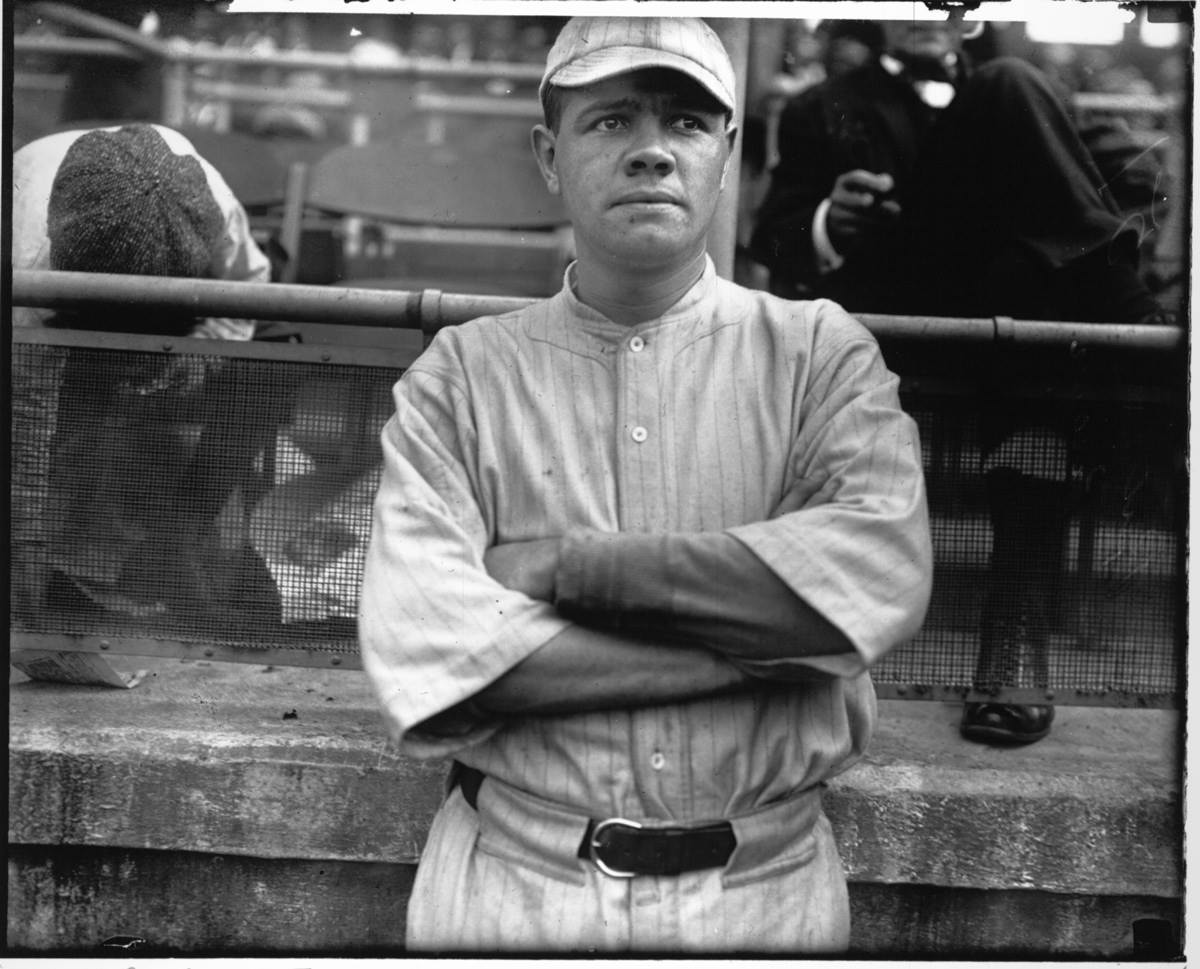
traditional “Play Ball,” Babe proceeded to walk the first Senator batter, Ray Morgan, on four straight pitches. He immediately began jawing with the umpire.
Apparently, the Babe wasn’t real happy about the ball/strike calls, even after only one batter, and he let Owens hear about it. He apparently thought Owens had missed at least two strikes. “Open your eyes and keep them open!” Babe barked out from the mound. After the ump threatened to eject Ruth if he didn’t pipe down, Ruth ripped into him again: “You run me out and I’ll come in and bust you on the nose!” At least that was the “clean,” sanitized version reported in the Boston papers the next day.
The Babe Loses It!
Well, that’s all it took. Owens wasn’t taking any guff from the Babe and he fired right back, “You’re outta here, Ruth, go take a shower.” In baseball parlance, Owens had given the Babe the old “heave-ho,” or “the thumb.”
You’d have to wonder if the Babe got up on the wrong side of the bed that day. Was he possibly irritable from nursing a hangover? We’ll never know for sure. Whatever it was—and with an out-of-character over-reaction, it had to be something other than a mere base on balls—something set him off in a big way. The next thing anybody knew, Babe was charging home plate with fists flying. Red Sox catcher Chet Thomas made a valiant attempt to intervene, but there was no stopping what now resembled a raging bull.
Babe Is Dragged Off The Field!
Babe missed with a wild left, but then landed a solid right behind Owens’ left ear. Manager Jack Barry, Red Sox teammates, and several policemen rushed to the scene attempting to restrain the big fella before he did some serious damage. According to newspaper accounts, once they had him under control, the peacemakers had to drag him off the field, kicking and screaming. And with Ruth’s size, it was no easy task. All this over ball four? And on the first batter no less?
Enter Ernie Shore…
With Ruth consigned to an early shower, manager Barry brought in 6’ 4” right-hander, Ernie Shore. Ernie was an outstanding pitcher himself, going 53-33 with a 2.12 ERA for the Red Sox from 1914-1917. He was also the Red Sox’ Opening Game starting pitcher for both the 1915 and 1916 World Series. In 1917, he was having another fine year, with a 1.97 ERA in his first 12 starts.
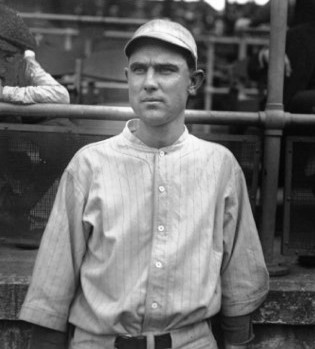
That day, Ernie brought his A-game. Taking over for the tossed Ruth, he then pitched the game of his life. After Ray Morgan was thrown out attempting to steal second, who could ever have predicted what was to follow?
Ernie proceeded to retire the next 26 Senators in order! But what to call it? Including Morgan, Shore had retired 27 batters in succession, so should he be credited with a perfect game? Morgan, the one guy who reached base, wasn’t charged to Shore. Or should it just be a no-hitter? And what about Ruth? What does he get out of it?
There had never been a combined no-hitter before, so it took a while for the baseball “higher-ups” to sort things out. Initially, it went into the books as a combined perfect game. That’s the way things stood until 1991. Then baseball, in its infinite wisdom, downgraded it to a mere “combined no-hitter” with Ruth and Shore both getting credit, even though Shore did all the work. Ruth had been kicked out of the game after one batter, only threw four pitches, and wasn’t around long enough to even record an out!
The Babe Gets Off Easy!
All-in-all, not a good day for the Babe, but I’d say he got off rather easy. The outburst cost him a mere $100 fine, a ten-game suspension, and, by the quaint norms of the day, he was forced to make a public apology for punching out Owens. But, as we all know, better days for the Bambino would lie just ahead. The next year he starred for the Red Sox in the 1918 World Series, setting a World
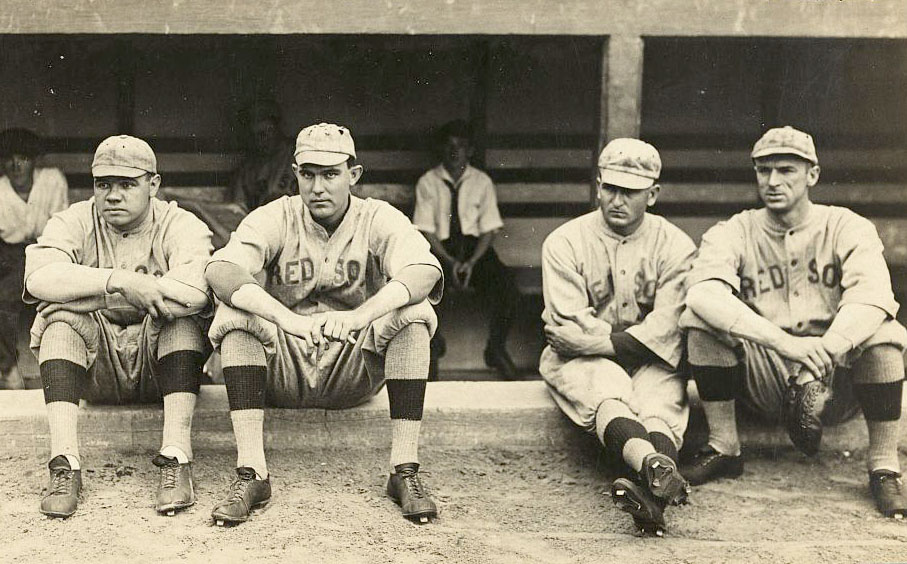
Series record with 29 2/3 consecutive scoreless innings that stood for 43 years until broken by Whitey Ford in 1961. And then, after the 1920 trade to the Yankees, he set the baseball world on fire.
Ernie Shore, meanwhile, hung around the majors until 1920 compiling a 65-43 record (.602) with an outstanding 2.47 ERA. He later became a sheriff in South Carolina, a position he held for 34 years. And you know he got a lot of mileage out of boasting about his “combined” no-hitter with none-other-than George Herman Ruth!
This game, the first of a doubleheader that day, was played in a brisk 1:40. There were two other future Hall-of-Famers on the field: Sam Rice of the Senators and Harry Hooper of the Red Sox. Just to complete a very bad day for the Senators, in the second game Dutch Leonard pitched a complete game against Walter Johnson, and the Senators got only four hits!
Gary Livacari
Information: Background information from article in Chicago Sun-times, June 29, 2021 by John Grochowski: A Sign of the Times
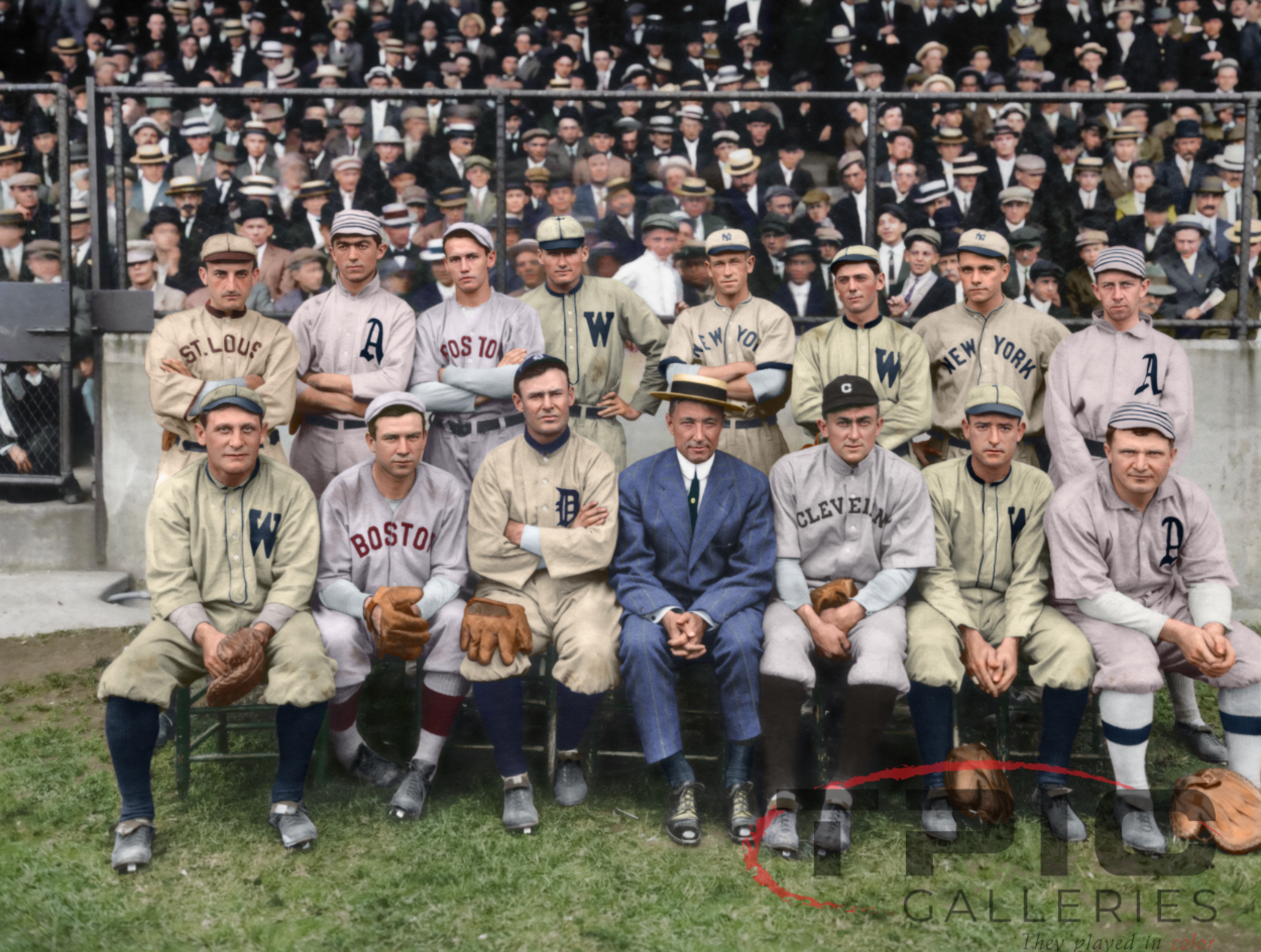
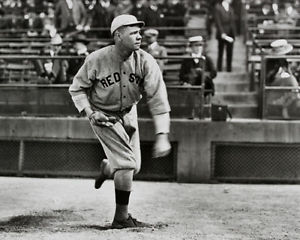
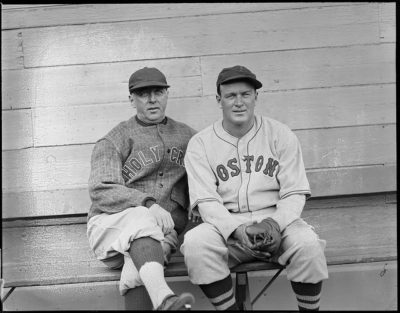
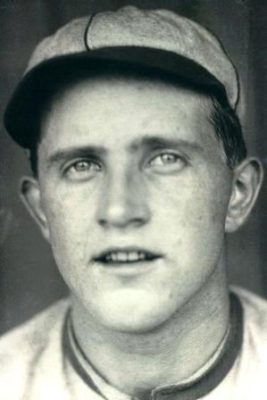
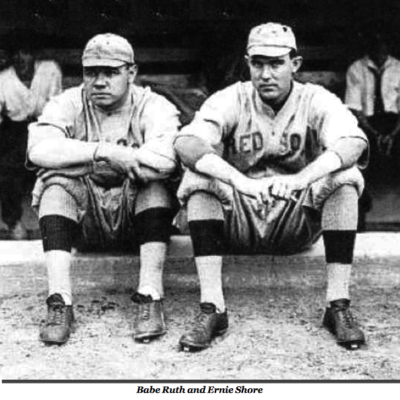
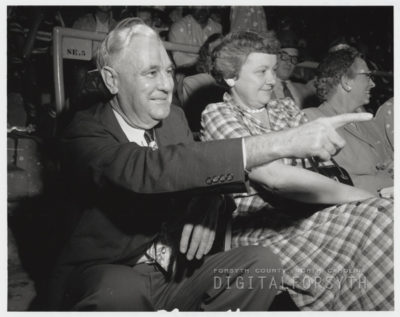
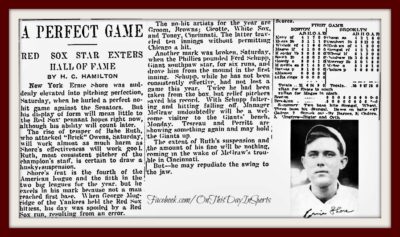
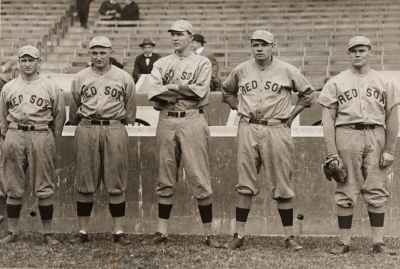
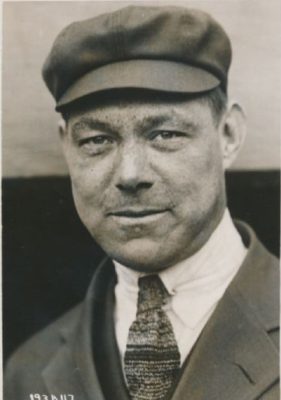
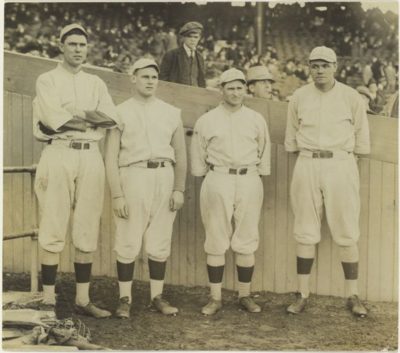
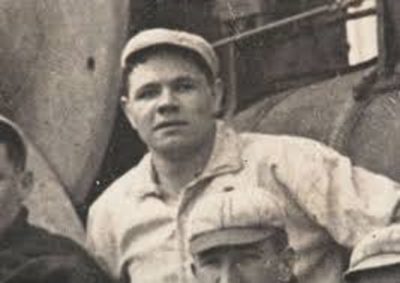
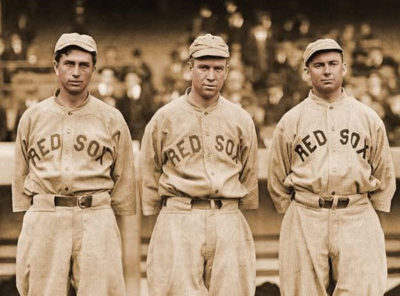
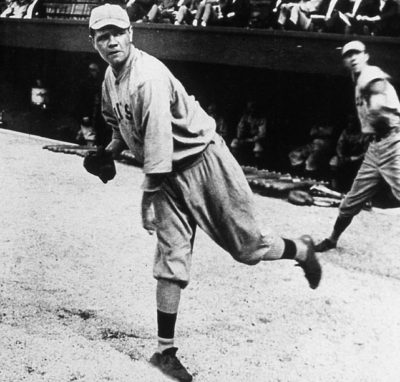
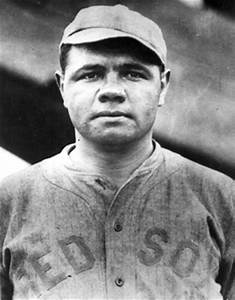
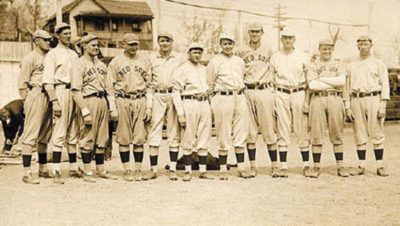

Great story Gary! The Ruth combined no-no with Ernie Shore being the first of only 15 in MLB history was surprising as was the note that there have been 50% perfect games! Here’s a link to the list of the 15 – https://www.mlb.com/news/all-the-combined-no-hitters-in-baseball-history
Happy 4th of July!
Mark
Thanks Mark, same to you. Will be in touch next week.
No surprise that 6 of the 15 have taken place since 2012.
No it’s not…
Gary,
Shore should have gotten full credit for the no-hitter, with the walk charged to Ruth’s record. Shore couldn’t get credit for a perfect game because he didn’t retire 27 batters. The caught stealing was the 27th out. However, Ruth did not retire a single batter, thus he should not share in the no-hitter.
Sometimes common sense has to enter into these things. The greater question is, as you pointed out, why did Babe turn violent over a couple of questionable calls? Did he have a history with Brick Owens?
Thanks, DD!
Thanks Bill for trying valiantly to sort things out. It’s way above my pay grade!
The Pirates had one a few years back. Francisco Cordova was one pitcher, I forget the other one.
I agree with Dr. Schaefer that the “reason” for The Babe’s enraged response to Owens’s calls is the greater, underlying mystery here; but whether he was entitled to a share of what was essentially Shore’s no-hitter is a question that should be answered by looking at the prevailing rule governing these odd circumstances, and it’s not necessarily the same thing as “common sense,” much as The Good Doctor would like it to be.
We know that Ruth and Shore did the pitching, and the Senators sent 27 guys to the plate over nine full innings without scoring a hit against them. At the end of the game, the Sox were ahead. If this were not a combined no-hitter, then the rule must have decreed that more than one pitcher had to record at least one out in order to make it so. Is that what the rule said?
I plead ignorance — but would bet the farm against it. If only I had a farm.
Thanks so much to Gary and all contributors for a fascinating and hilarious look through the lens of baseball history! Here we are in July, and the hot stove is still sizzling.
Thanks Michael. As I mentioned to Bill, it’s above my pay grade (and I was a Captain in the Navy, do we have any Admirals out there reading this?) to try and sort all this out. I’m leaving it up to you guys!
With all due respect to the perspicacious Keedy and the lovable Livacari, if the rule does not specifically state that more than one pitcher must record at least one out to make a game a combined no-hitter–then it must be changed! This is my simple minded conclusion.
But all seriousness aside, even a cave man could figure this out: Babe walked the first batter. The batter was caught stealing after Ruth left the game. Could he possibly have had LESS influence on the no run, no hit game?
While I’m at it, any pitcher who records 27 outs without giving up a hit should be credited with a no hitter–no matter what happens in the extra inning(s) Even if he gives up multiple hits in an extra frame, he will still go in the books as having pitched a no hit game (or perfect game for that matter).
Harvey Haddix, anyone?
Thanks again, Bill…sounds good to me! And I like the “L-L” alliteration, goes well with the Double D that you gave me!
You’re the best, Capt. Gary!
Off to Mystic Island-have a great 4th!
Same to you Bill…and please be careful, no more falls!
Yessir, Dr. S: Let us re-write the rule and apply the change retroactively! That should do it.
Why didn’t I think of that??
. .BTW. . .does anyone think less of (Jersey) Shore based on MLB’s definition of combined no-nos? I would say no-no — but remember,
You’re dealing with a
/s/ Cave Man